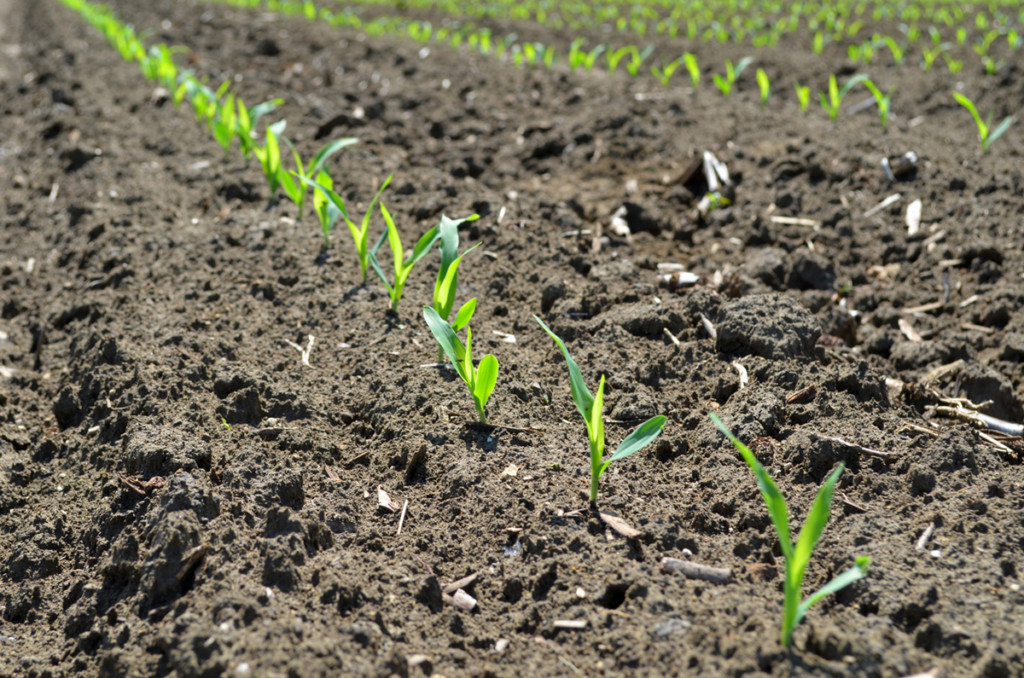 Up and down the aisles of the grocery store, there are an overwhelming number of packages that are labeled with “non-GMO.” Enough so that it makes you start feeling that you must seek out those labels to ensure the health of your family. However, when you sit down to think about it, do you even know what a “GMO” is? Or even more, what it means?
Up and down the aisles of the grocery store, there are an overwhelming number of packages that are labeled with “non-GMO.” Enough so that it makes you start feeling that you must seek out those labels to ensure the health of your family. However, when you sit down to think about it, do you even know what a “GMO” is? Or even more, what it means?
My guess is no.
There’s no shame in it. When something begins to take over the grocery store the way that the famous butterfly label has, how could you not think it’s important? They’re everywhere!
How many GMOs are there, anyway?
With the amount of labels around, would you guess 500? 1000? 10,000? More?
The answer is, in fact, ten.
Ten GMO products on the market in the US currently.
Only 10.
Corn, Canola, Cotton, Alfalfa, Sugar Beets, Soybeans, Potatoes, Papaya, Apples and Summer Squash have a GMO on the market. Most of the products that feature that now-famous label couldn’t be a GMO if it wanted – pretty misleading.
Farmers and ranchers everyday are trying to think of ways to do their jobs with less land and fewer natural resources. Not only the farmers and ranchers, scientists in every imaginable field are on the task too. Why? Because only 2% of our population farms and ranches in 2018, and they are trying to keep up with the food demands of 7 billion people worldwide. And that’s nothing! In 2050 there will be more than 9 billion people to feed.
This is where technology comes in.
Technology is important in every corner of our lives – smart phones, smart cars, smart-just- about-anything-you-can-think-of.
Things aren’t that much different in farming and ranching:
Tractors with GPS, drones to check on cattle and seeds that are drought tolerant and disease resistant (aka GMOs).
Really every food has been altered in one way or another at this point – we’ve been using hybrids since the 1930’s and then in the 90’s GMOs came along (yes, we’ve been using them since the 90’s).
So what is a GMO?
Genetically Modified Organism.
Genetic – something that has genes (genes are DNA…everything)
Modify – change or tweak
Organism – living things (plant, animal, bacteria)
The basics: taking a desired trait, such as the ability to tolerate drought from another plant, for example, and transferring it into a crop plant.
Why? Well, the simple answer is…necessity.
We cannot feed the world in 2050 with agriculture technology from 1950.
GMOs are better for the environment. I will say that again BETTER FOR THE ENVIRONMENT (and spoiler alert, so are NON-organic or conventional foods.) They use less land, fewer natural resources, less chemical application and in some cases, such as the papaya, wouldn’t exist otherwise.
GMOs are an incredibly exciting! Reading about the things scientists are coming up with to help rid developing nations of vitamin A deficiencies or help reduce food waste are fascinating. We live in a country where you have the luxury to make food choices every day. If buying organic or Non-GMO food for a premium price is important to you, even though they have the same nutritional values of their conventional counterpart, you should do that. BUT, making someone feel guilty or as if they are doing a disservice to their families for not being able to provide those ‘niche’ foods, is unacceptable.
You have world at your fingertips to research and learn more about anything that you read, including this. I encourage you to look for information from reliable sources – a university, someone that is actually doing the job, that has done the research, or do something crazy and talk to a farmer or rancher! It seems obvious, but go to the source! Most farmers or ranchers would happily have you come out and see what it is that they are doing each day, and explain why they make the choices they do.
This is the food we feed our families. This is the food we feed your families, too. Take the time to learn about how food really gets to your plate.
For more information about the exciting advancements in GMOs please visit GMO Answers.

















One of these people that believe a Kansas farmer feeds 150+ people when in fact most of what they produce wouldn’t feed one and keep them alive. Try living on a field of field corn, or a field of soybeans. Good luck.